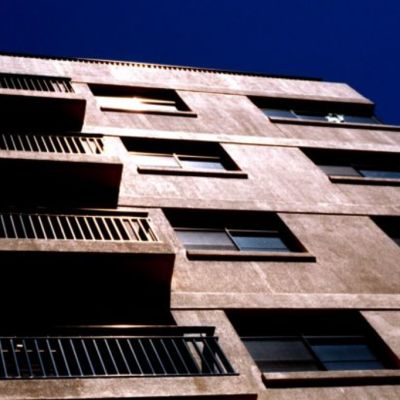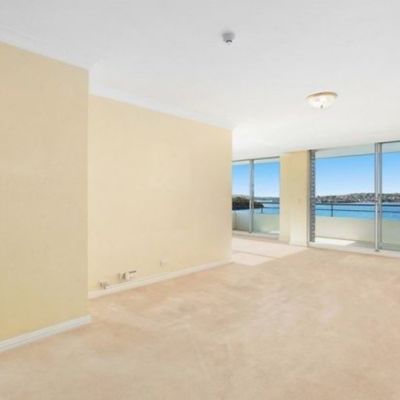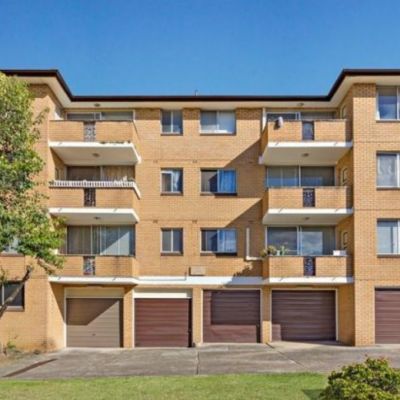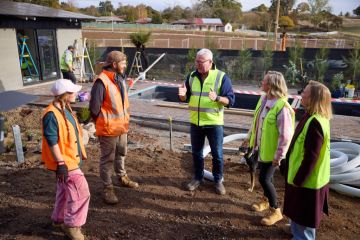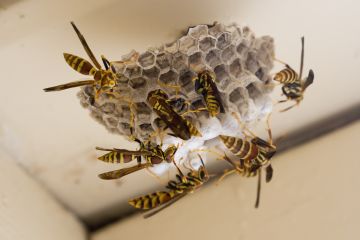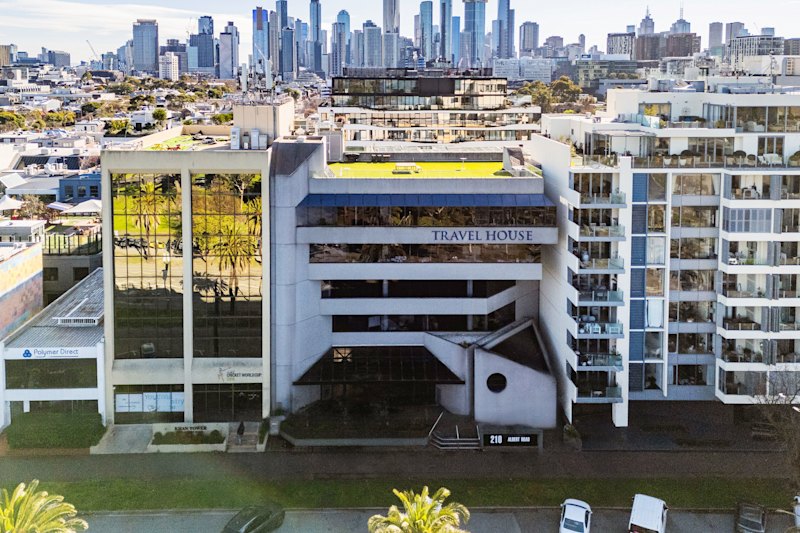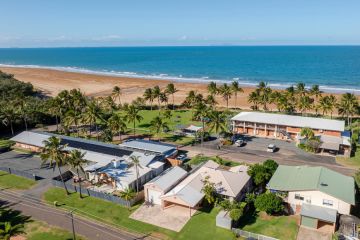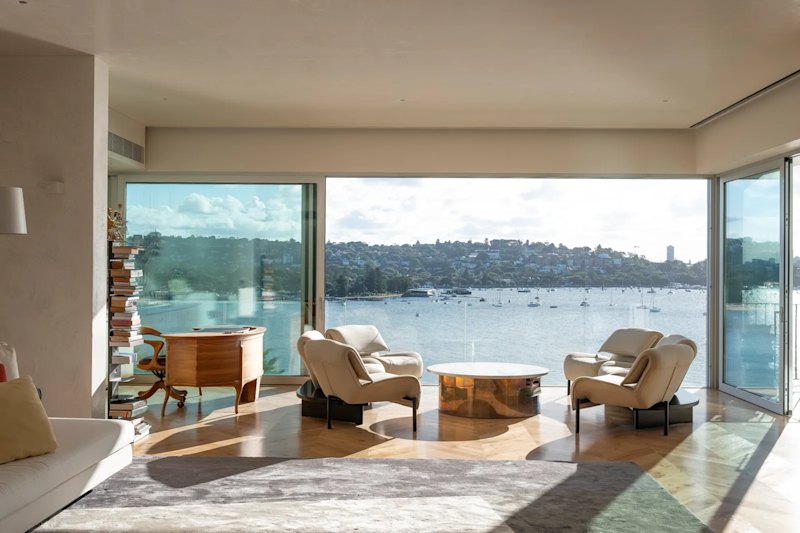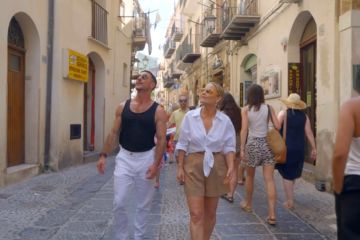The 10 Sydney suburbs where apartment prices have risen the most in one year
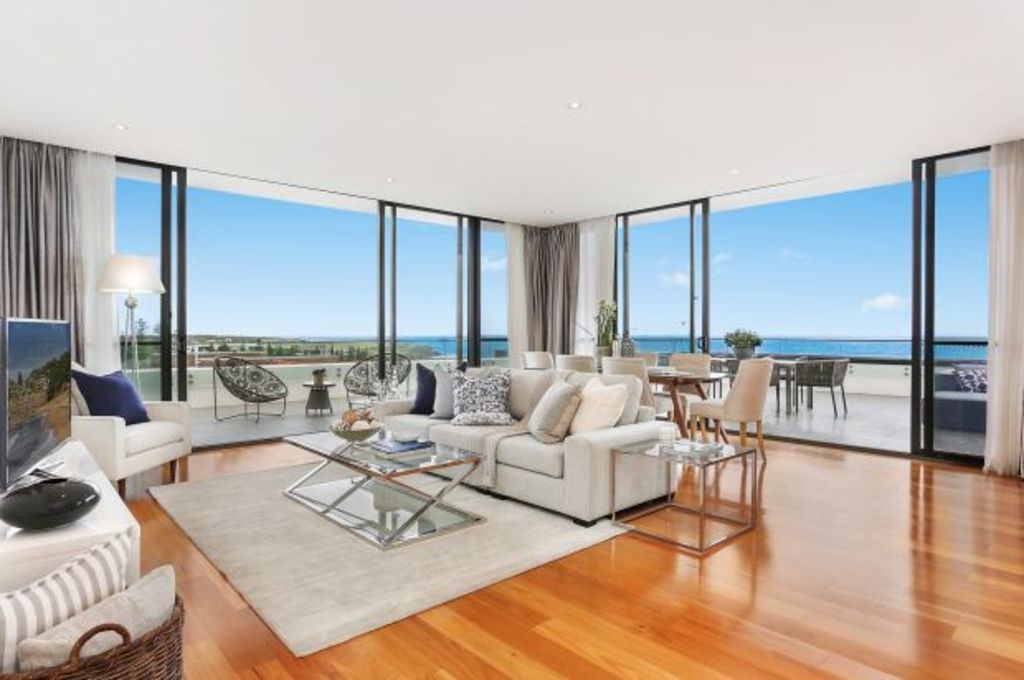
Price growth might be slowing for Sydney, but some suburbs have refused to call it quits.
The 10 Sydney suburbs with the fastest-growing apartment prices all saw double digit price growth in the past 12 months, compared with 6.1 per cent growth for apartments Sydney-wide.
But there was one surprise area where the median price jumped more than 60 per cent in the past 12 months.
Little Bay – a small coastal suburb 14 kilometres south-east of the CBD – witnessed prices soar 62.5 per cent in the year to March, the data shows. This makes it the fastest growing suburb in Sydney for apartments.
Much of this growth seems to have come from new luxury developments which raised the the area’s median price, McGrath Projects Edgecliff sales agent Murray Farquhar said.
“A lot of people really love Little Bay because it is a nice, quiet lifestyle,” Mr Farquhar, who is selling apartments in Illume, a new development in the suburb.
But Little Bay is not the most obvious choice for price growth, having largely been ignored by foreign investors who typically prefer inner-city apartments, he said.
Instead, the area has largely come under intense interest from local buyers, including downsizers and young professionals wanting a “quiet lifestyle”.
But a home in the suburb doesn’t come cheap – the median price for an apartment is now $1.19 million.
“$1 million to $1.2 million gets you into a really nice two-bedroom apartment, probably with some views,” Mr Murray said.
There’s only suburb in top 10 with a price tag of less than $1 million – Paddington, which had 31.9 per cent growth over the year and a $922,500 median.
The dominance of expensive suburbs in the city and east continuing to record price growth was the result of two buyer groups – downsizers and young professionals, Domain Group chief economist Andrew Wilson said.
“They’re squeezing this small segment of the market from either side,” Dr Wilson said.
This was the situation for the demographics of almost all suburbs on the list, PRDnationwide research analyst Jack Smart said.
“Most of those places are also particularly close to the CBD with good public transport access, and people are more willing to downsize to be closer to the CBD area or be in an area with good access into the CBD,” he said.
“The exception would be Little Bay though that sits at the end of the east coast but that attracts the older demographic as well.”
But while there’s plenty of demand in these areas, there’s also a significant shortage of larger apartments on the luxury end of the market.
PK Property Group buyer’s agent Peter Kelaher said there was a “specific” type of home suited for downsizers that his clients had been asking for – usually including additional bedrooms and bathrooms for a live-in carer and guests.
Views and high-end finishes were also highly valued.
“Whenever apartments come up that suit this, they go crazy,” Mr Kelaher said.
But they are very difficult to come by – he has had clients waiting on his list for more than a year, even with high-end budgets.
And the search could could become even tougher – the 2017 budget offers a $300,000 incentive to downsize, potentially pouring more retirees into the inner suburbs.
Many of those looking to scale down and considering the city and the east come from the northern areas, LJ Hooker research manager Mathew Tiller said.
“Downsizers in these areas had houses around the $2 million mark or above and are wealthier, looking for luxury closer to the city,” he said.
But he said a fair amount of the demand had also come from higher income investors, looking for consistent blue-chip assets, and they were not concerned about lower yields.
For houses, the growth was a lot more varied.
There were four southern suburbs on the list, the inner west had three areas come up trumps and the west, lower north and northern beaches also made it into the top performers.
Western Sydney’s Marsden Park had the biggest median house price growth, with a 104 per cent increase. Annandale and Strathfield came second and third respectively with price growth about 30 per cent.
We recommend
We thought you might like
States
Capital Cities
Capital Cities - Rentals
Popular Areas
Allhomes
More
